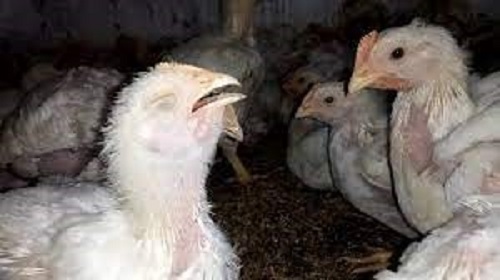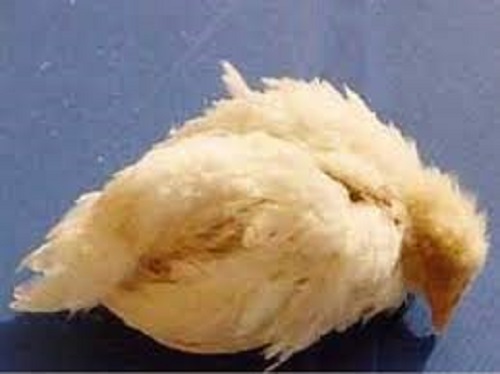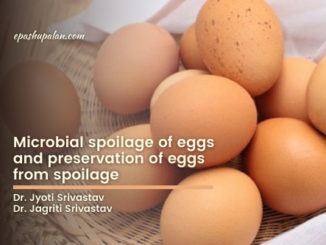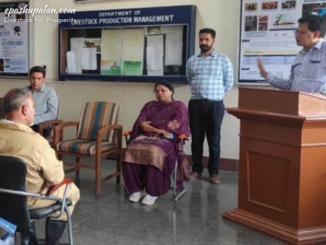In India about 2/3rd of population live in rural areas, who are primarily involved in agriculture and allied activities and earns their bread and butter from it. The Indian poultry market, consisting of broilers and eggs reached a value of INR 1,988 Billion in 2020. Looking forward, IMARC Group expects the market to grow at a CAGR of 15.2% during 2021-2026. Keeping in mind the uncertainties of COVID-19, we are continuously tracking and evaluating the direct as well as the indirect influence of the pandemic. These insights are included in the report as a major market contributor.
India today is one of the world’s largest producers of eggs and broiler meat. The poultry industry in India has undergone a major shift in structure and operation during the last two decades transforming from a mere backyard activity into a major industry with the presence of a large number of integrated players. This transformation has involved a sizeable investment in breeding, hatching, rearing, and processing activities.
India ranks 3rd in egg production (88 billion eggs) and 5th in chicken meat production (3.48 mMT) in the world. But the availability of poultry products is far below the recommended levels, the scenario is still alarmingly low in rural areas. The per capita consumption of eggs and meat is about 69 eggs and 3.0 Kg. chicken meat per annum in India against the recommended level of 180 eggs and 10.50Kg. chicken meat. Traditionally, consumers in our country prefer eggs and poultry meat from the native chicken.
There are so many Infectious viral diseases in poultry like Avian Influenza, Fowl Pox, Newcastle Disease, Infectious Bronchitis, Infectious Laryngotracheitis, Lymphoid Leukosis, Infectious Bursal Disease, and Avian Encephalomyelitis. Among them the most contiguous viral disease are Avian Influenza, Fowl Pox, Newcastle Disease, Infectious Bronchitis and Infectious Bursal Disease which affect the poultry birds upto a high extent the major causes and their prevention of above diseases are given as below
Avian Influenza
Avian influenza is categorized as mild or highly pathogenic. The mild form produces listlessness, loss of appetite, respiratory distress, diarrhea, transient drops in egg production. The highly pathogenic form produces facial swelling, blue comb and wattles, and dehydration with respiratory distress. Dark red/white spots develop in the legs and combs of chickens. There can be blood-tinged discharge from the nostrils. Mortality can range from low to near 100 per cent. Sudden exertion adds to the total mortality. Egg production and hatchability decreases. There can be an increase in production of soft-shelled and shell-less eggs.

Prevention- A vaccination programme used in conjunction with a strict quarantine has been used to control mild forms of the disease. With the more lethal forms, strict quarantine and rapid destruction of all infected flocks remain the only effective method of stopping an avian influenza outbreak.
Fowl Pox
The dry form of fowl pox is characterized by raised, wart-like lesions on unfeathered areas (head, legs, vent, etc.). In laying hens, infection results in a transient decline in egg production. In the wet form there are canker-like lesions in the mouth, pharynx, larynx, and trachea. The wet form may cause respiratory distress by obstructing the upper air passages.

Prevention- Fowl pox outbreaks in poultry confined to houses can be controlled by spraying to kill mosquitoes. However, if fowl pox is endemic in the area, vaccination is recommended.
Newcastle Disease
Newcastle disease is characterized by a sudden onset of clinical signs which include hoarse chirps (in chicks), watery discharge from nostrils, laboured breathing (gasping), facial swelling, paralysis, trembling, and twisting of the neck (sign of central nervous system involvement). Mortality ranges from 10 to 80 per cent depending on the pathogenicity.

Prevention- Prevention programs should include vaccination, good sanitation, and the implementation of a comprehensive biosecurity program. There is no specific treatment for Newcastle disease. Antibiotics can be given for 3-5 days to prevent secondary bacterial infections. For chicks, increasing the brooding temperature to 5°F may help reduce losses.
Infectious Bronchitis
The severity of infectious bronchitis infection is influenced by the age and immune status of the flock, environmental conditions, and by the presence of other diseases. Feed and water consumption decline. Affected chickens will be chirping, with a watery discharge from the eyes and nostrils, and laboured breathing with some gasping in young chickens. Breathing noises are more noticeable at night while the birds rest. Egg production drops dramatically. Eggshells become rough and the egg white becomes watery.

Prevention- Establish and enforce a biosecurity program. Vaccines are available. There is no specific treatment. Antibiotics for 3-5 days may aid in combating secondary bacterial infections. Raise the room temperature 5°F for brooding-age chickens until symptoms subside. Baby chicks can be encouraged to eat by using a warm, moist mash.
Infectious Bursal Disease
In affected chickens greater than 3 weeks of age, there is usually a rapid onset of the disease with a sudden drop in feed and water consumption, watery droppings leading to soiling of feathers around the vent, and vent pecking. Feathers appear ruffled. Chicks are listless and sit in a hunched position. Chickens infected when less than 3 weeks of age do not develop clinical disease, but become severely and permanently immunosuppressed.

Prevention- The vaccine is commercially available. There is no specific treatment. Vitamin- electrolyte therapy is helpful. High levels of tetracyclines are contraindicated because they tie up calcium, thereby producing rickets.
Conclusion
Preventions and control of various viral diseases of poultry birds are of utmost importance than cure. Proper biosecurity majors and good management practices minimize the incidence of diseases in poultry farms so that to control the various viral disease of poultry birds proper biosecurity majors, good management practices, and proper vaccination schedule during chick and adult stage should be followed.






Be the first to comment